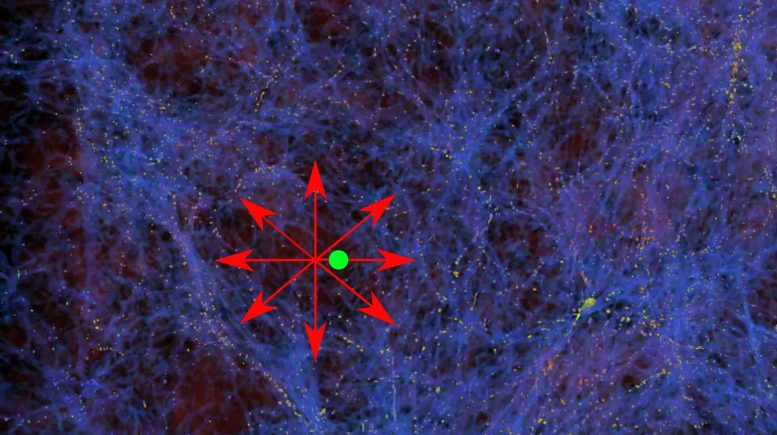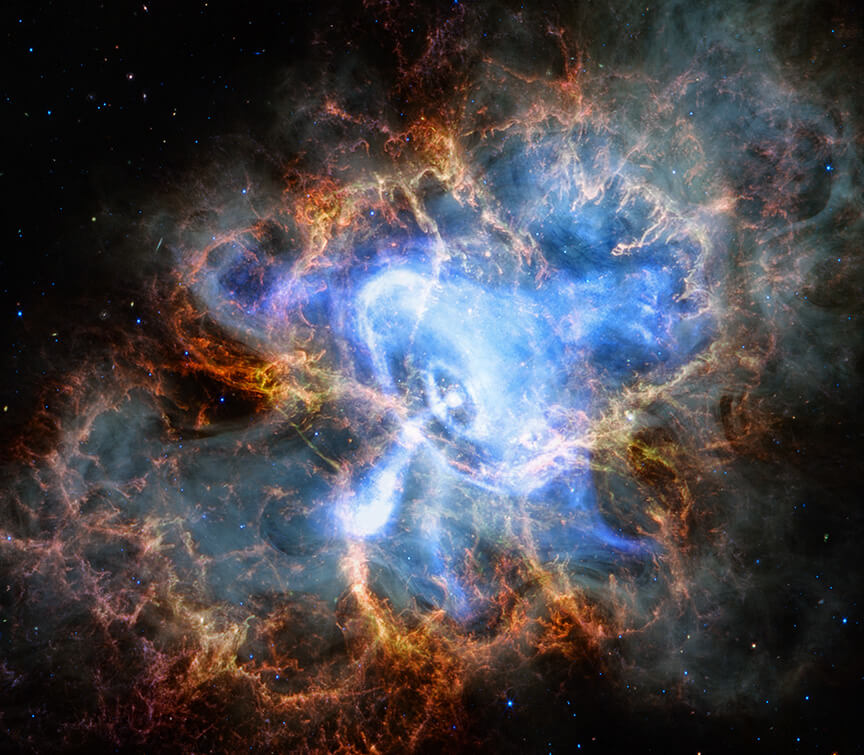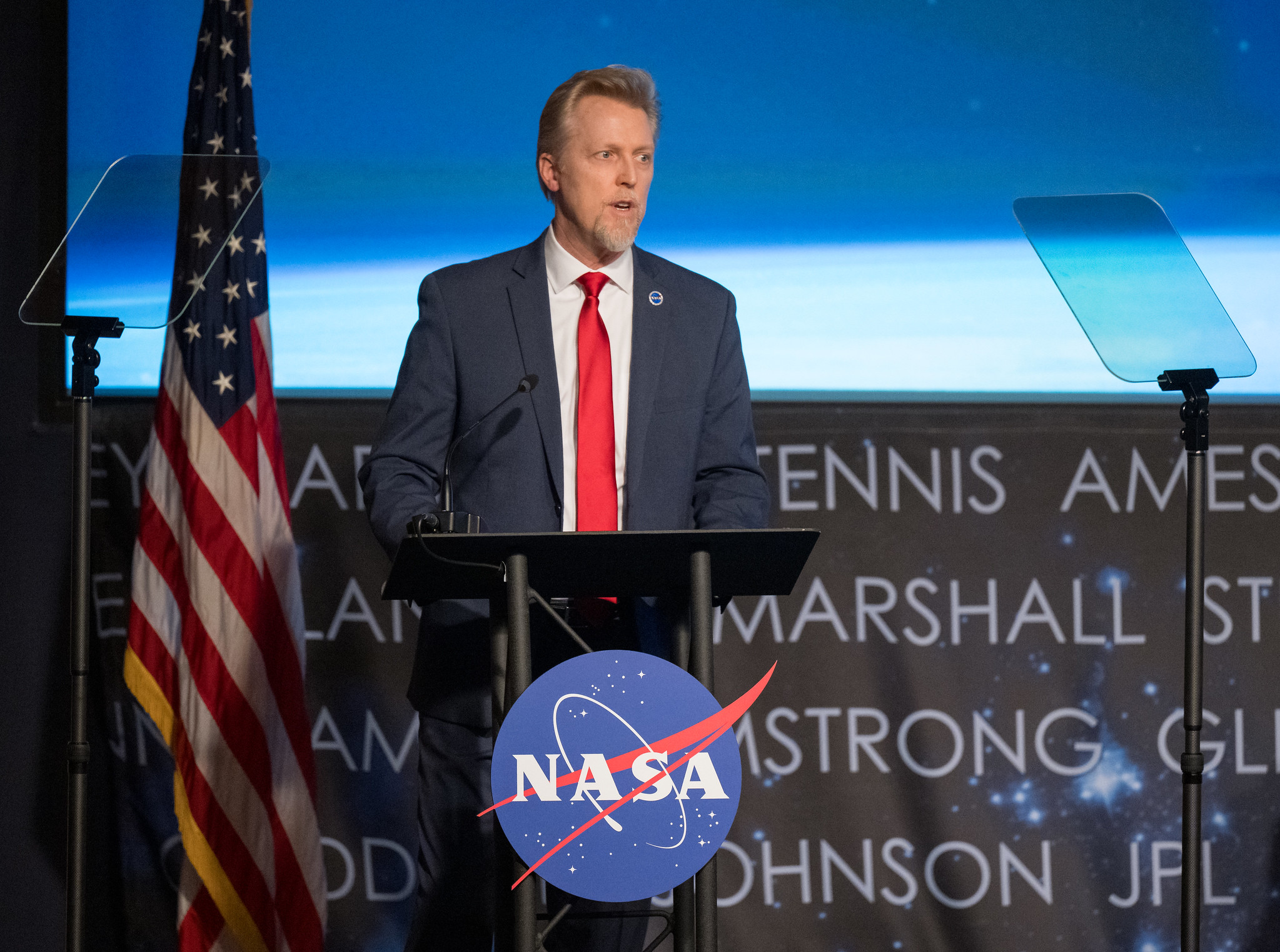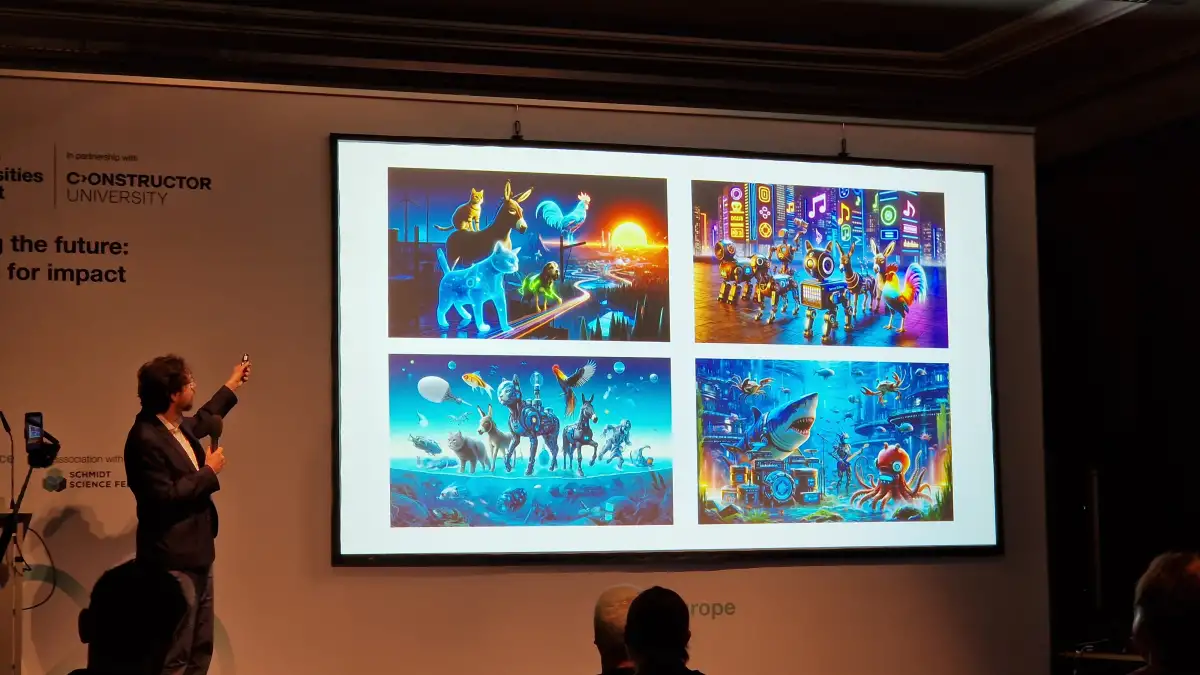A recent study suggests that “Hubble tension,” a discrepancy in measurements of the universe’s expansion rate, could be resolved using the alternative MOND theory of gravity. This theory suggests that differences in local matter density are responsible for the observed discrepancies.
The study, conducted by the Universities of Bonn and St Andrews, suggests a possible new explanation for Hubble jitter.
The universe is expanding. How fast this is is described by what is called the Hubble-Lameter constant. But there is disagreement about the true size of this constant: different measurement methods provide contradictory values. This so-called “Hubble tension” poses a mystery to cosmologists. Now researchers from the Universities of Bonn and St Andrews propose a new solution: using an alternative theory of gravity, the discrepancy in the measured values can be easily explained – the Hubble jitter disappears. The study has now been published in Monthly Notices of the Royal Astronomical Society (MNRAS).
Understanding the expansion of the universe
The expansion of the universe causes galaxies to move away from each other. The speed at which they do this is proportional to the distance between them. For example, if Galaxy A is twice as far from Earth as Galaxy B, then its distance from us is also increasing twice as fast. American astronomer Edwin Hubble was one of the first to recognize this connection.
In order to calculate how fast two galaxies are moving away from each other, it is necessary to know how far apart they are. However, this also requires a constant by which this distance must be multiplied. This is the so-called Hubble-Lameter constant, which is a fundamental parameter in cosmology. Its value can be determined, for example, by looking at very distant regions of the universe. This gives a speed of about 244,000 kilometers per hour per hour megaparsec Distance (one megaparsec is just over three million light-years).

(Blue; yellow dots represent individual galaxies.) The Milky Way (green) is located in a region with little matter. The galaxies in the bubble are moving toward higher matter densities (red arrows). Therefore, the universe appears to be expanding faster inside the bubble. Image source: A.G. Krupa/University of Bonn
Inconsistency in measurements
“But you can also look at celestial objects that are much closer to us – so-called class 1A supernovae, which are a particular type of exploding star,” explains Professor Dr. Pavel Krupa of the Helmholtz Institute for Radiation and Nuclear Physics at Helmholtz University. University of Bonn. It is possible to determine the distance of Supernova 1a to Earth very precisely. We also know that bright objects change color as they move away from us, and the faster they move, the stronger the change. This is similar to an ambulance, whose sirens sound deeper as they move away from us.
If we now calculate the speed of supernova 1a from their color shift and relate this to their distance, we arrive at a different value for the Hubble-Lameter constant – just under 264,000 kilometers per hour per million parsec distance. “The universe appears to be expanding faster in our immediate vicinity — a distance of about three billion light-years — than in its entirety,” Krupa says. “And that really shouldn’t be the case.”
However, an observation has recently emerged that could explain this. According to this, the Earth is located in a region of space where there is relatively little matter, which is like an air bubble in a cake. The density of matter is higher around the bubble. Gravitational forces emerge from this surrounding material, which pulls the galaxies in the bubble toward the edges of the cavity. “That’s why they are moving away from us faster than actually expected,” explains Dr. Indranil Banik from the University of St Andrews. The aberrations can therefore be explained simply by a local “density drop”.
In fact, another research group recently measured the average speed of a large number of galaxies 600 million light-years away. “It was found that these galaxies are moving away from us four times faster than the standard model of cosmology allows,” explains Sergey Mazurenko of Krupa’s research group, who participated in the current study.
Bubble in the dough of the universe
This is because the standard model does not provide such low densities or “bubbles” – they should not actually be there. Instead, the material should be evenly distributed in space. However, if this were the case, it would be difficult to explain the forces that push galaxies to their high speed.
“The Standard Model is based on Albert Einstein’s theory of the nature of gravity,” Krupa says. “However, gravitational forces may behave differently than Einstein predicted.” Working groups from the Universities of Bonn and St Andrews used a modified theory of gravity in a computer simulation. This “Modified Newtonian Dynamics” (abbreviation: MOND) was proposed four decades ago by Israeli physicist Professor Dr. Mordehai Milgrom. It is still considered an external theory to this day. “In our calculations, MOND accurately predicts the existence of such bubbles,” Krupa says.
If one assumed that gravity actually behaves according to Milgrom’s assumptions, the Hubble tension would disappear: there would actually be only one constant for the expansion of the universe, and the observed deviations would be due to irregular matter distribution.
Reference: “Simultaneous resolution of the Hubble tensor and the observed bulk flux over 250 hours −1 megaparsec” by Sergey Mazurenko, Indranil Banik, Pavel Krupa, and Moritz Hasselbauer, 02 November 2023, Monthly Notices of the Royal Astronomical Society.
doi: 10.1093/manras/stad3357
In addition to the University of Bonn, the University of St. Andrews (Scotland) and Charles University in Prague (Czech Republic) also participated in the study. The work was funded by the UK Science and Technology Facilities Council.

“Extreme travel lover. Bacon fanatic. Troublemaker. Introvert. Passionate music fanatic.”







More Stories
Ryan Reynolds and Rob McIlhenney have bought a stake in Mexican club Necaxa
NASA is seeking input on space technology shortages
Your horoscope for Sunday, April 28, 2024